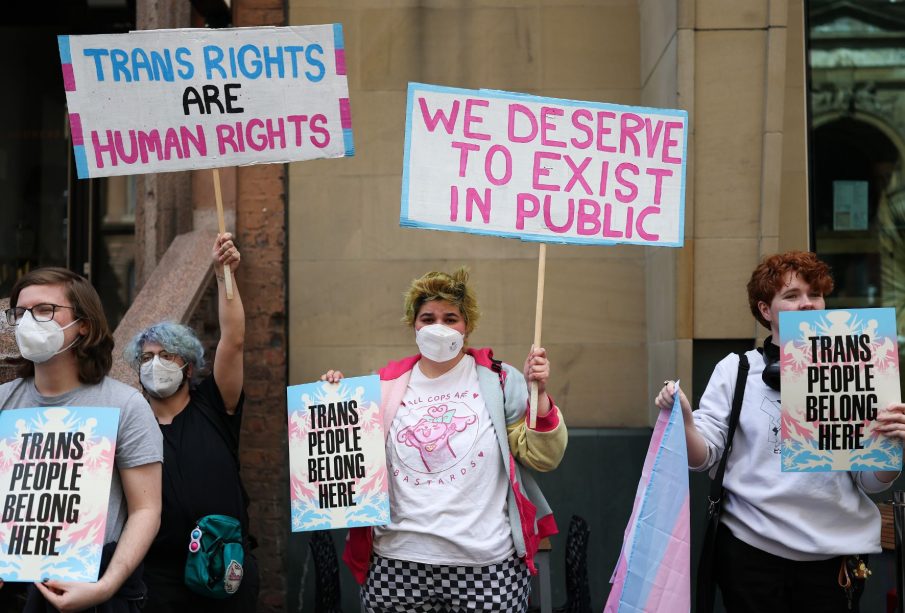Understanding EHRC Guidance on Trans Rights in the UK

Introduction
The Equality and Human Rights Commission (EHRC) has recently updated its guidance regarding the rights of transgender individuals in the UK. As society continues to evolve, the importance of clear guidance on trans rights cannot be overstated. It impacts various sectors, including healthcare, education, and employment, ensuring that transgender people are treated with dignity and respect in line with UK legislation.
The Update and Its Implications
In October 2023, the EHRC published its latest guidance focusing on the legal protections for transgender individuals under the Equality Act 2010. This guidance aims to clarify how public authorities and private entities should uphold the rights of transgender people, counteracting discrimination and promoting equality. The updated document seeks to address widespread misconceptions regarding trans rights, particularly concerning access to services and participation in single-sex spaces.
A crucial aspect of the guidance is its emphasis on the need for an inclusive approach. This includes recognising an individual’s self-identified gender while also addressing the concerns related to the rights of others. The EHRC highlights that providers must strike a balance between respecting trans individuals’ rights and ensuring fairness and safety for everyone involved.
Responses and Reactions
The EHRC’s new guidance has sparked discussions across various communities. Advocacy groups have generally welcomed the clarity it provides but have also expressed concerns about potential conflicts between gender identity rights and sex-based rights. Critics argue that the guidance may inadequately address the implications for those with specific sex-based protections, such as women in single-gender spaces.
In contrast, supporters of the guidance argue that it represents a significant step forward for trans rights in the UK, offering essential protections and promoting a more inclusive society. They believe that fostering understanding and acceptance will benefit not only transgender individuals but society as a whole.
Conclusion
The EHRC guidance on transgender rights is a pivotal resource for understanding the legal landscape surrounding trans issues in the UK. As discussions continue, it is crucial for individuals, organisations, and policymakers to engage with these changes thoughtfully and sensitively. Looking ahead, the significance of this guidance lies in its potential to shape a more inclusive and equitable society, ensuring that the rights of all individuals, regardless of gender identity, are protected and respected.









